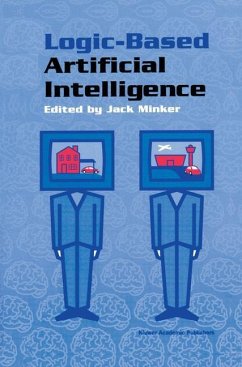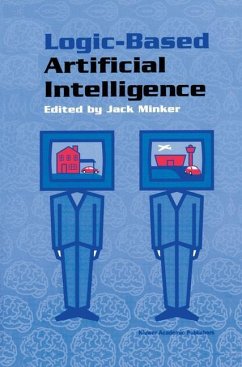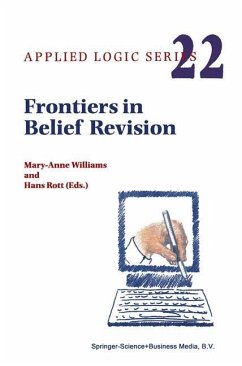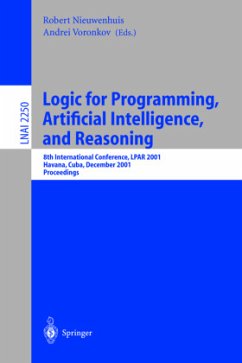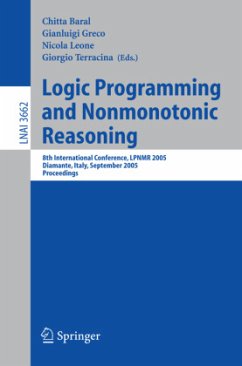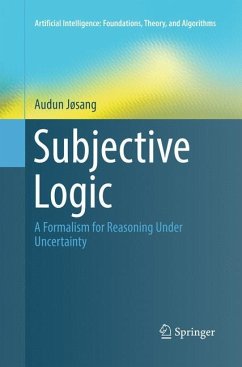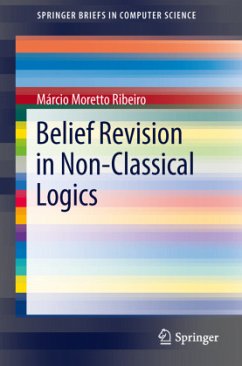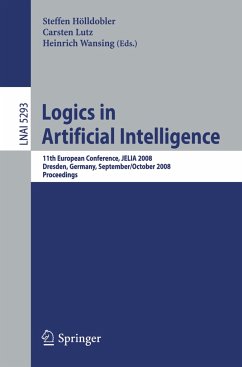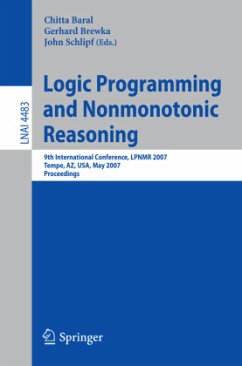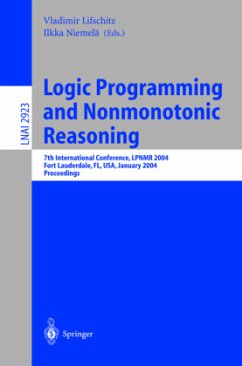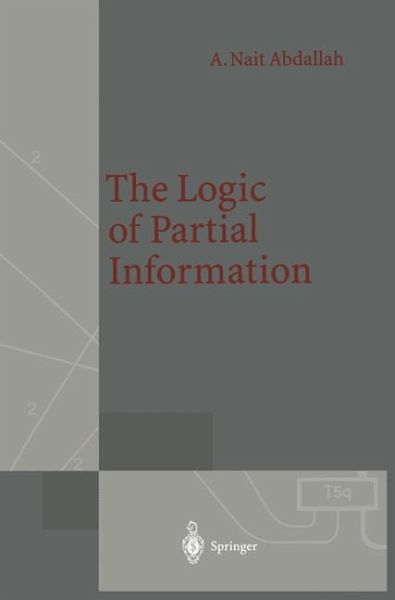
The Logic of Partial Information

PAYBACK Punkte
39 °P sammeln!
One must be able to say at all times - in stead of points, straight lines, and planes - tables, chairs and beer mugs. (David Hilbert) One service mathematics has rendered the human race. It has put common sense back where it belongs, on the topmost shelf next to the dusty canister labelled "discarded nonsense. " (Eric T. Bell) This book discusses reasoning with partial information. We investigate the proof theory, the model theory and some applications of reasoning with par tial information. We have as a goal a general theory for combining, in a principled way, logic formulae expressing partia...
One must be able to say at all times - in stead of points, straight lines, and planes - tables, chairs and beer mugs. (David Hilbert) One service mathematics has rendered the human race. It has put common sense back where it belongs, on the topmost shelf next to the dusty canister labelled "discarded nonsense. " (Eric T. Bell) This book discusses reasoning with partial information. We investigate the proof theory, the model theory and some applications of reasoning with par tial information. We have as a goal a general theory for combining, in a principled way, logic formulae expressing partial information, and a logical tool for choosing among them for application and implementation purposes. We also would like to have a model theory for reasoning with partial infor mation that is a simple generalization of the usual Tarskian semantics for classical logic. We show the need to go beyond the view of logic as a geometry of static truths, and to see logic, both at the proof-theoretic and at the model-theoretic level, as a dynamics of processes. We see the dynamics of logic processes bear with classical logic, the same relation as the one existing between classical mechanics and Euclidean geometry.



